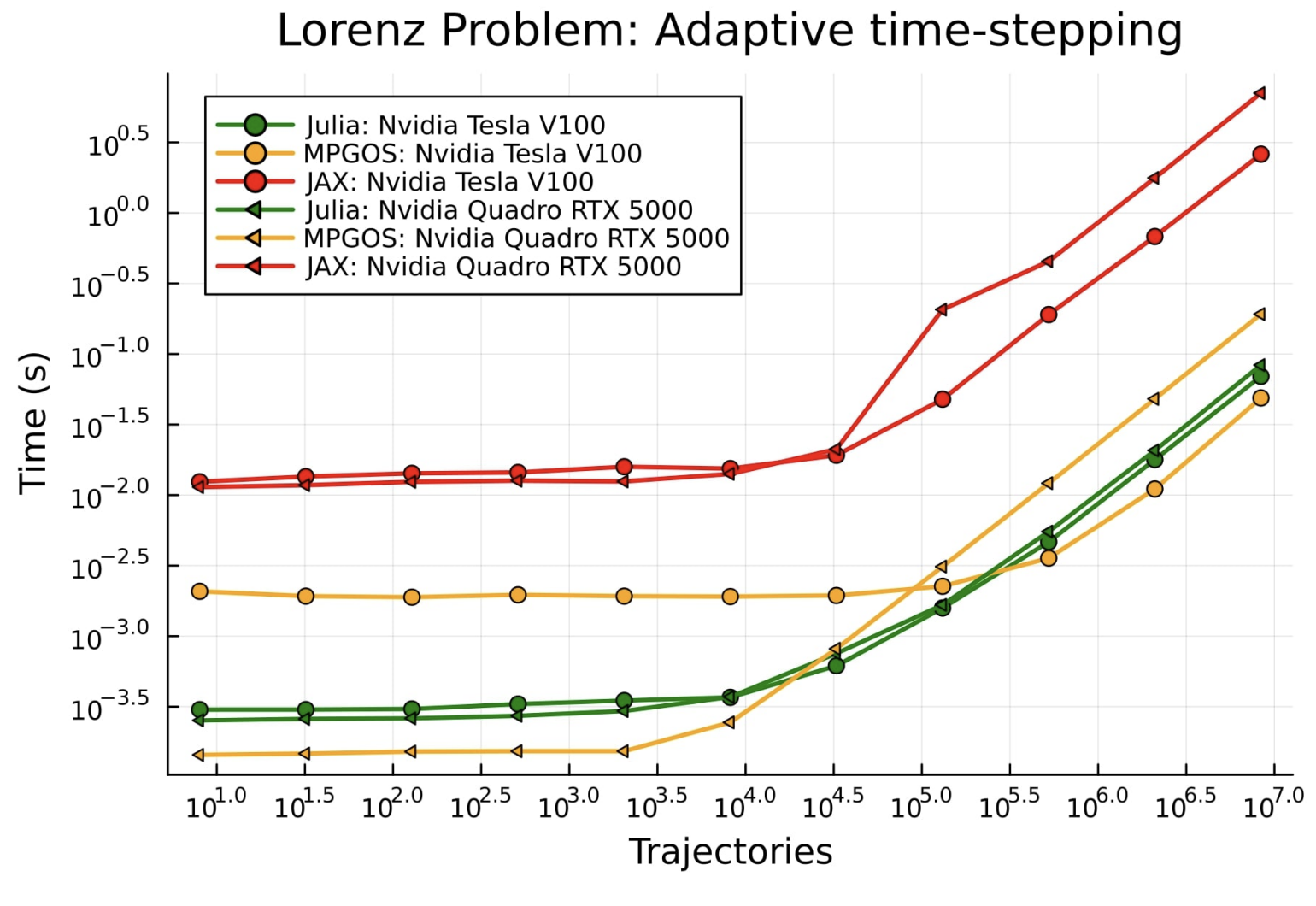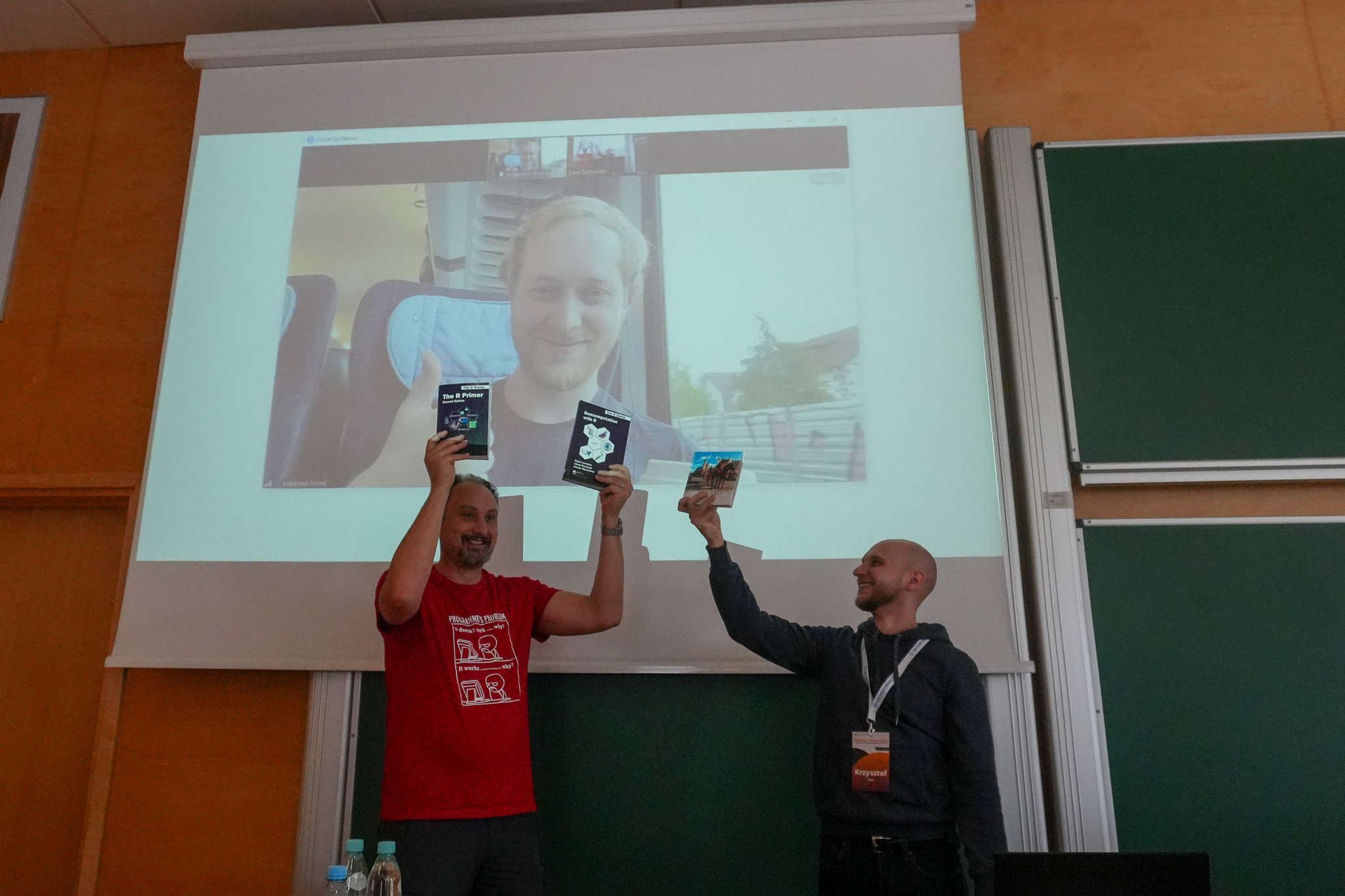1
2
9
Why DataFrame is not type stable and when it matters | Bogumił Kamiński | Jan 8, 2021
(bkamins.github.io)
3
4
5
6
9
The Julia REPL · The Julia Language | The Julia REPL has five main modes of operation
(docs.julialang.org)
7
10
8
9
10
11
12
13
14
15
16
17
18
19
20
21
22
23
1
JuliaHub Receives $13 Million Strategic Investment from AE Industrial Partners HorizonX
(info.juliahub.com)
24
25
view more: next ›


